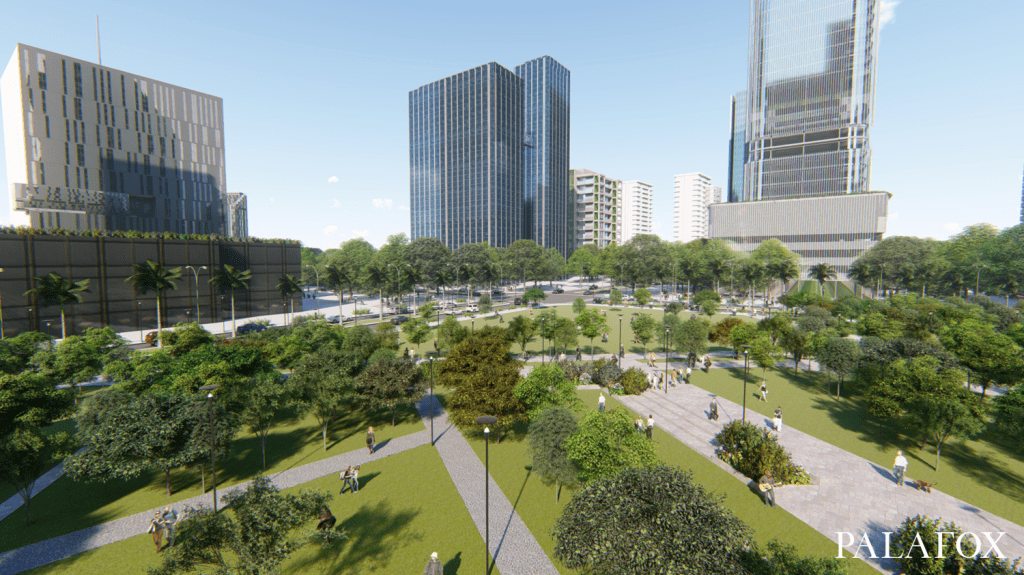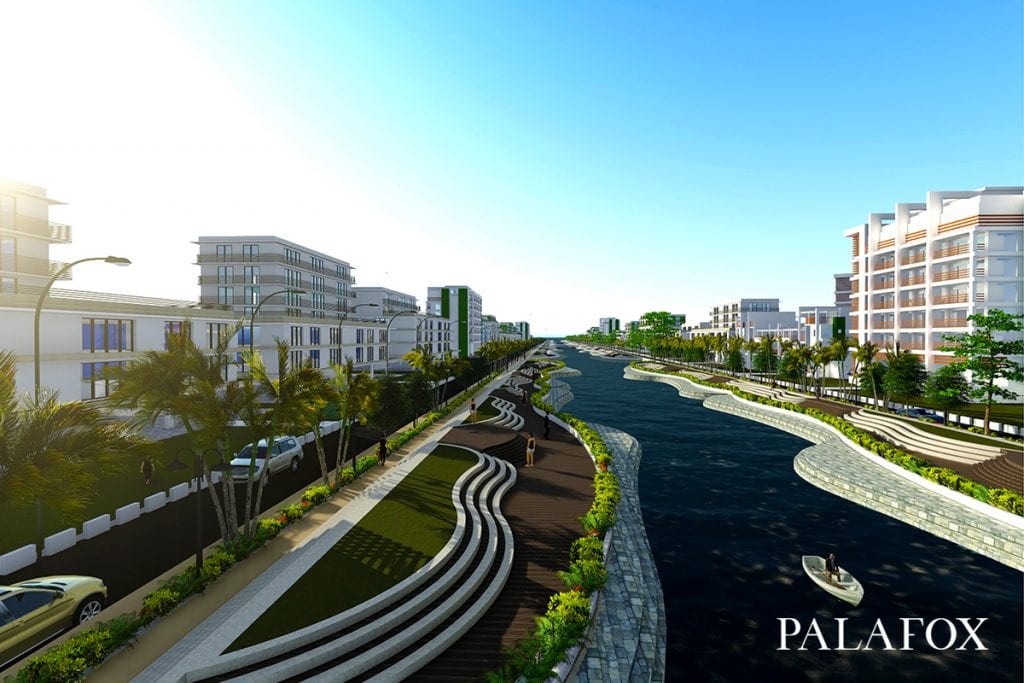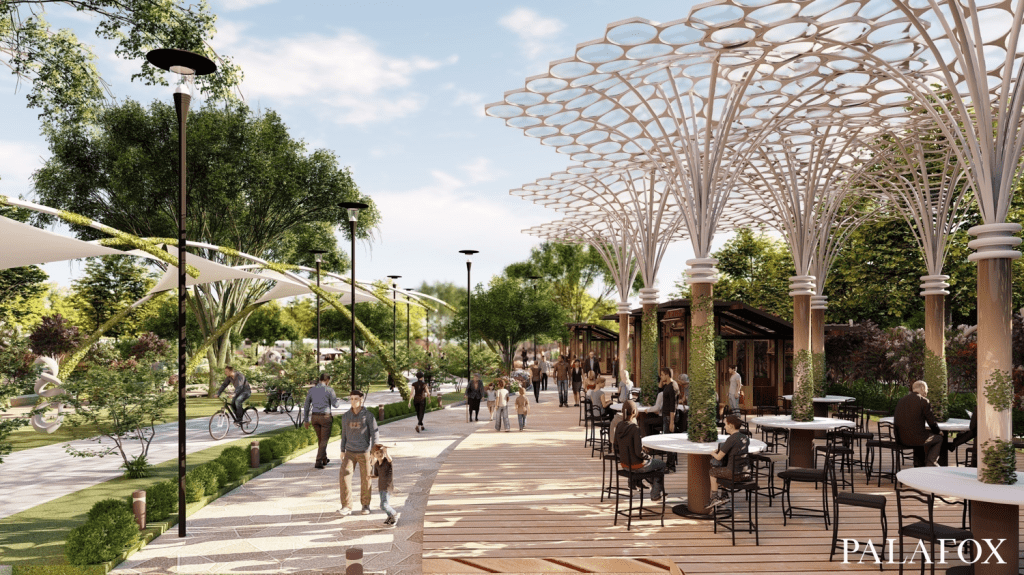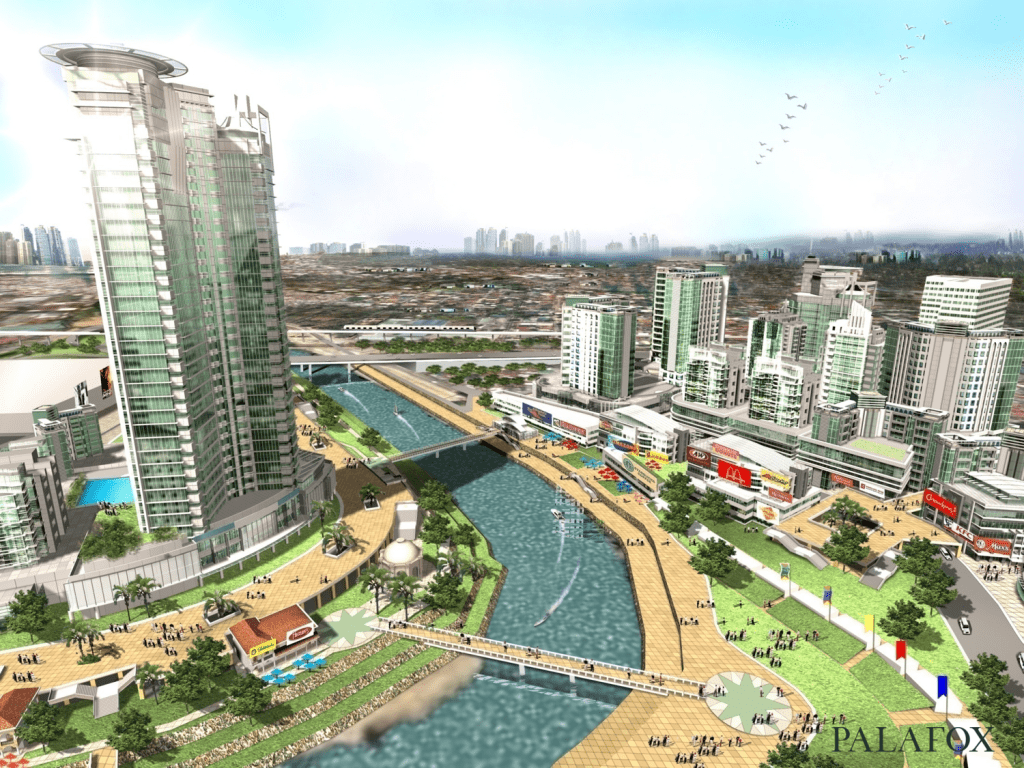Our cities are for people. As professionals of the built environment, the architects, planners, designers, and engineers at Palafox Associates and Palafox Architecture Group, Inc. see it as their mission to create environments and spaces where people can connect with and enjoy nature. For more than 30 years, Palafox Associates and Palafox Architecture have been strong advocates of making communities and cities healthier and more livable by protecting natural environments and developing more public green and open spaces and urban farms. The World Health Organization’s (WHO) definition of a healthy city is one that continually improves physical and social environments and enhances community resources, so people can perform to their maximum potential. Architect Felino Palafox, Jr., Palafox’s lead architect and urban planner, has always emphasized that parks and other green open spaces are the lungs of our cities and are beneficial not only to our communities, but to the environment and our economic growth.

The people at Palafox believe that in addition to green open spaces, if our cities were truly designed for the majority of its citizens — those who do not have their own vehicles — our cities would have access to well-designed sidewalks and stronger bicycle infrastructure, among others. Furthermore, they strongly encourage an agropolitan approach to development that integrates agricultural farms into the urban setting to help cities become self-sufficient by securing food sources within.
Global best practices they have cited come from progressive cities like Singapore, Copenhagen, Melbourne, Amsterdam, and New York where parks, other green spaces, urban farms, as well as comprehensive networks of pedestrian and bicycle lanes are well-thought-out and developed. As a result, people are healthier, happier, and more active; pollution and urban heat island temperatures are reduced, storm water management is improved, and property values increase and attract more opportunities for business and tourism, among others.

Sadly, according to the planners at Palafox, such places and spaces are lacking in the Philippines. To emphasize the point, they cited how we only have five sqm. of open space per person in Metro Manila whereas the WHO’s recommendation is nine sqm. per person. In addition, according to them, because of the state of our sidewalks and pedestrian walkways — which remain uneven, narrow, and obstructed — and the lack of an efficient urban network of streets and bicycle lanes, we choose to get around, even for short distances, on public and private vehicles.

In recent years, the Philippine government has taken steps to address this lack of green and open spaces such as the “Green, Green, Green” program through the Department of Budget and Management (DBM). According to the DBM, by implementing this program, financial assistance will be given to 145 cities, so they could develop more public open spaces like botanical gardens, forest parks, and greenhouses and carry out other activities and urban design improvements like tree planting, adding more landscape, installing bike lanes and walkways, creating greener streetscapes, and adding other forms of green infrastructure.
Palafox Associates and Palafox Architecture Group have also been involved in the planning and design of a variety of walkable, bikable, green, and vibrant public spaces for the private and public sectors. Some of their most notable projects that involve designing vibrant and dynamic parks and open spaces, promenades, waterfronts, playgrounds, and walkable and bikable streetscapes include La Mesa Ecopark, the Metro Davao Urban Master Plan, the Master Development Plan for Clark Freeport Zone, the Pampanga Megalopolis, Pasig River Rehabilitation, Marikina River Redevelopment, Ortigas Center Master Redevelopment Plan and Urban Design, Manila Urban Renewal, Tangub Gardens of the World, Araneta Center Redevelopment, San Fernando City Civic Center Master Plan and Urban Streetscape, Comprehensive Site Planning and Urban Design and Revision of Land Use and Zoning of the City of San Juan, Malay Master Plan for Tourism, Iloilo Business Park, the Zamboanga Conceptual Development Plan, and the Expansion of Asian Development Bank Manila.

As they celebrate Palafox Associates’ 31st anniversary on July 1st, their commitment and aspiration to help develop greener cities all throughout our country are stronger than ever. Guided by their core design principle of “Integral Ecology” — balancing social equity or people first with protecting and conserving natural environments, inclusive economic growth, culture, history, and spirituality — the teams at Palafox endeavor to continue planning and designing communities and cities that are people-centric, more livable, healthier, sustainable, and resilient. In the middle of the global pandemic, they believe enhancing our healthy and natural spaces and adding more green infrastructure to our urban and rural landscapes are a few of the best ways our communities and cities can adapt well into the post-pandemic new world order. For Palafox, this health crisis has presented a chance to expand the company’s vision and understanding of planning to help create truly livable communities and cities.
